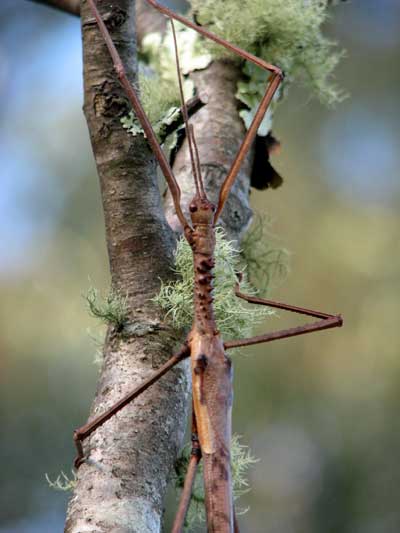
As the warmer weather arrived, I opened the window in front of my desk for the first time in ages.
Immediately I realised that I had uncovered the living larder of a very busy mother wasp.
In the narrow gap between sill and window base, she had created a mud maze in a neat butterfly shape.
In there she had laid her eggs, and sealed up stunned spiders ready for the first feed when the larvae hatch.
This will give the larvae the energy to turn into the pupae from which the adult will emerge.

But as these look like pupae, has she over-provisioned or will the adult eat them later?
Anyone know? I’d like to.

